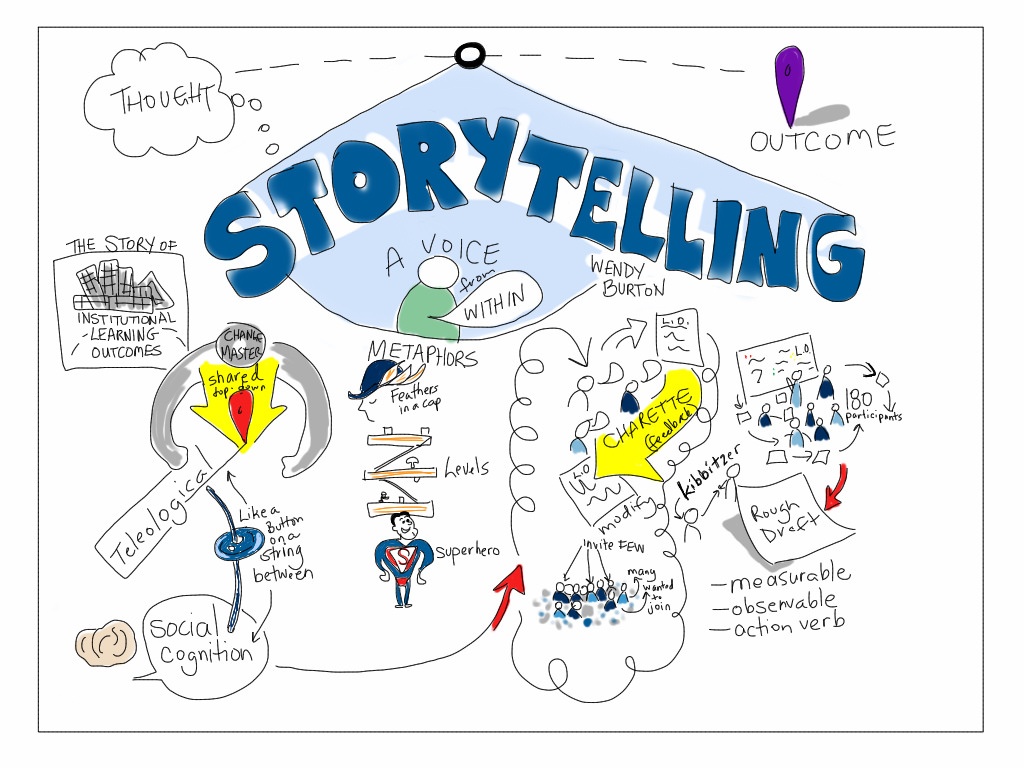- You are here:
- Home »
- Leadership »
- Stop Presenting Start Storytelling
Stop Presenting Start Storytelling

Effective storytelling gains access into the minds and hearts of your audience, creates a connection, and makes them the hero of your presentation.
We all love a great story or a biography of a person who faced the odds, overcame, and emerged victoriously. A well-written story causes us to identify with the emotion of the characters. In his book, Tell to Win: Connect, Persuade, and Triumph with the Hidden Power of Story, Peter Guber points out that humans aren’t moved to action by “data dumps.” A compelling story isn’t facts and data. A great story sneaks past the gatekeeper and disengages the force field, so to speak. When we tune into a compelling story, our defenses drop and we open up. Guber uses the metaphor of the Trojan horse throughout his book—a way to sneak past the gatekeeper. He points out that the best numbered how-to list, fancy PowerPoint presentations, and statistical spreadsheets will not truly inspire people. People are moved by their hearts and emotions. The most compelling way to connect to emotions is through storytelling.
Whether you’re selling tangibles non-tangible products or services, customer satisfaction stories are extremely powerful in sales and inside organizations. Our clients and customers are much more motivated by emotions and how a product makes life better than how it works. A success story reaches our prospects when they learn how their problems too can be solved as they relate to the cast of characters. A well-crafted story, helps people empathize with the pain and feel the joy of victory!
Storytelling is a proven practice of every culture and every leadership guru throughout history. Stories are our most effective tool for building our company and team cultures. A story creates analogies and metaphors that communicate our vision and purpose. Casting your vision through a compelling story breathes life into your business. If you desire connection, your story reveals your struggles, communicates your values, and transforms your why into principles for success that inspire your team to relate and take action.
A Good Story:
1. Makes a Connection: Stories help you build trust and rapport and make a deeper level of connection.
2. Grants you Access: Stories grant us access to the hearts and minds of people. People tend to slow down, let down their guard, and listen.
3. Makes it Personal: A compelling story transports the person or audience into the narrative and moves them into action. The experience becomes personal, they take ownership.
Whether you’re speaking to an audience or sitting down with an individual prospect, coaching a client, or mentoring someone, your objective is to build a relationship and develop rapport. Then, as it is appropriate, create an emotional connection with your product, service, or business opportunity. What is your objective? Think about how you might illustrate the benefits of your product, service, or opportunity by relating a story or by accessing your own personal experiences.
Are you selling people or are you telling them a story? As salespeople, we tend to want to talk about our successes or expound on just the features. But we should all know by now that it’s not about us, it’s about them! I can still remember years ago, sitting in a dimly lit, overly heated room, as sweat dripped down my forehead while a presenter droned on about his laundry list of accomplishments. The same is true in person, as we sit impatiently waiting for the spiel to end. At the end of the day, no one cares about how great we are and to some extent how amazing our product is. To be honest, people are more interested in hearing about struggles, failures, and solving problems, their problem. Yes, we flawed humans relate failure, the agony of defeat, and the glorious victories that follow.
Screenwriter Chad Hodge points out in Harvard Business Review that we should “help people to see themselves as the hero of the story, whether the plot involves beating the bad guys or achieving some great business objective. Everyone wants to be a star, or at least to feel that the story is talking to or about him personally.” Sales, people, business owners, and leaders take heed, place the people in the audience in your sales presentations, or the office at the center of the action, and make the presentation about them. Storytelling picture diagrams by Giulia Forsythe
